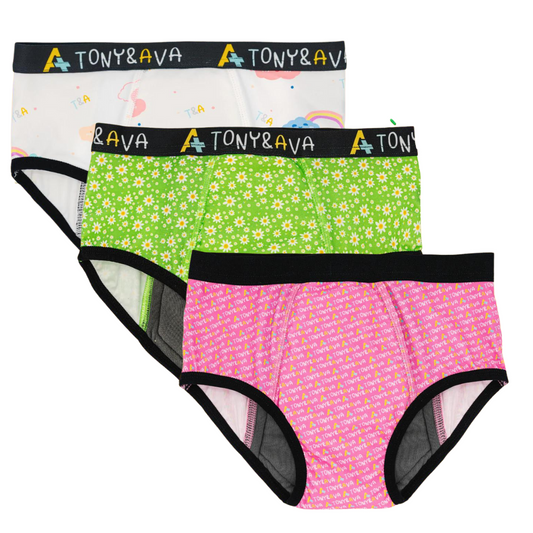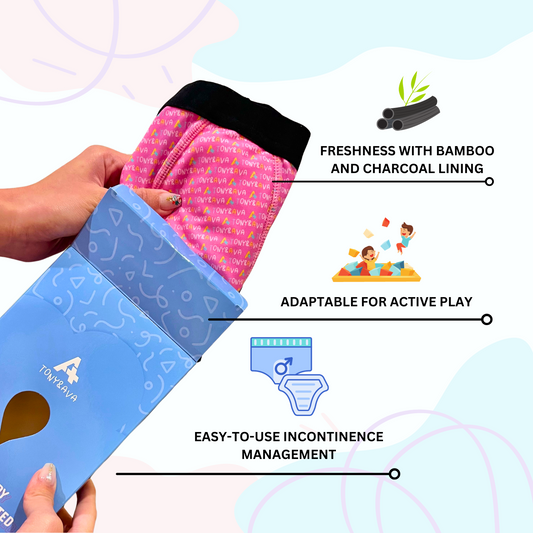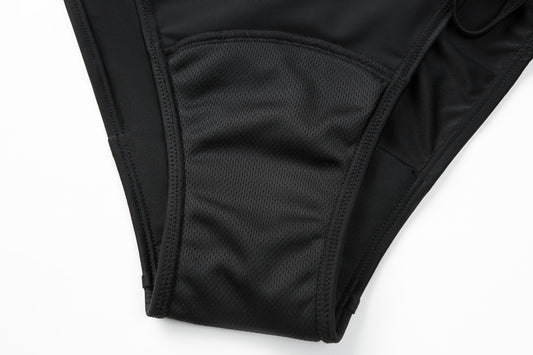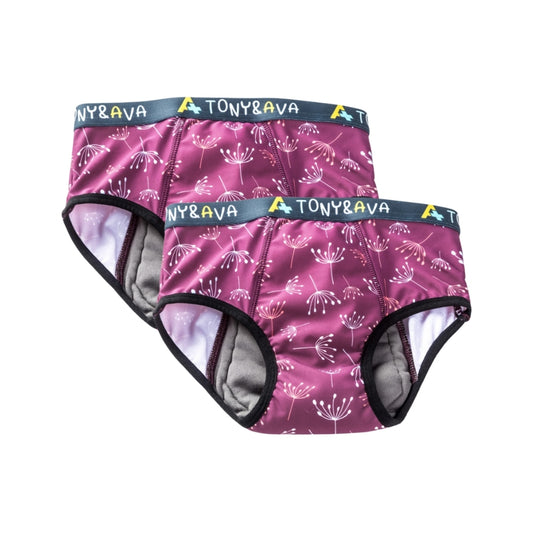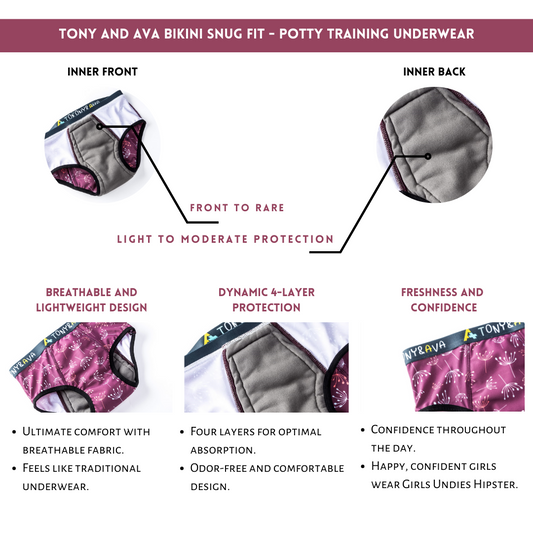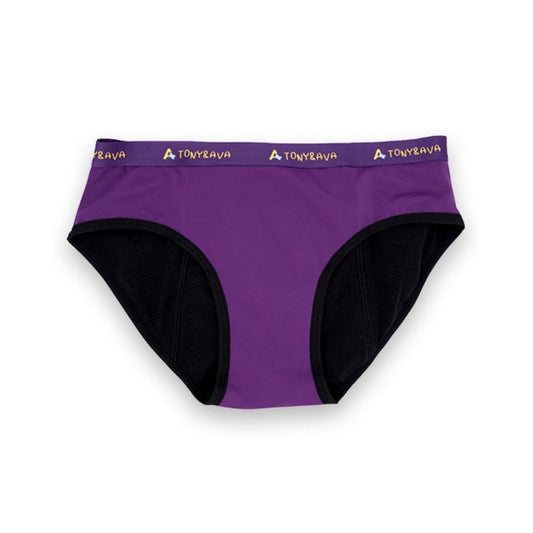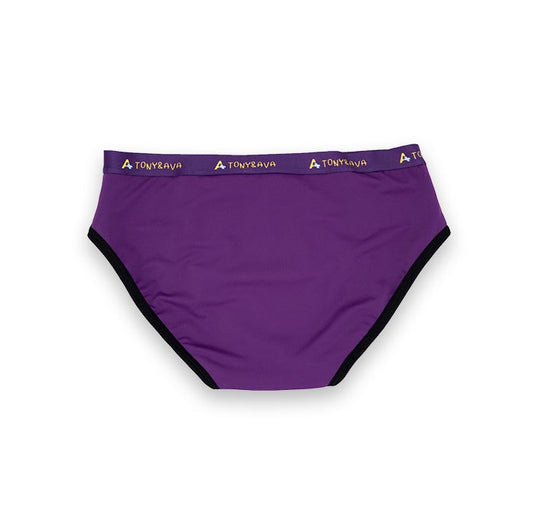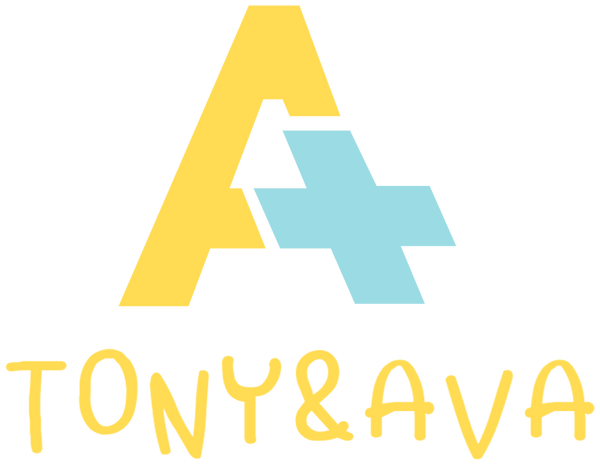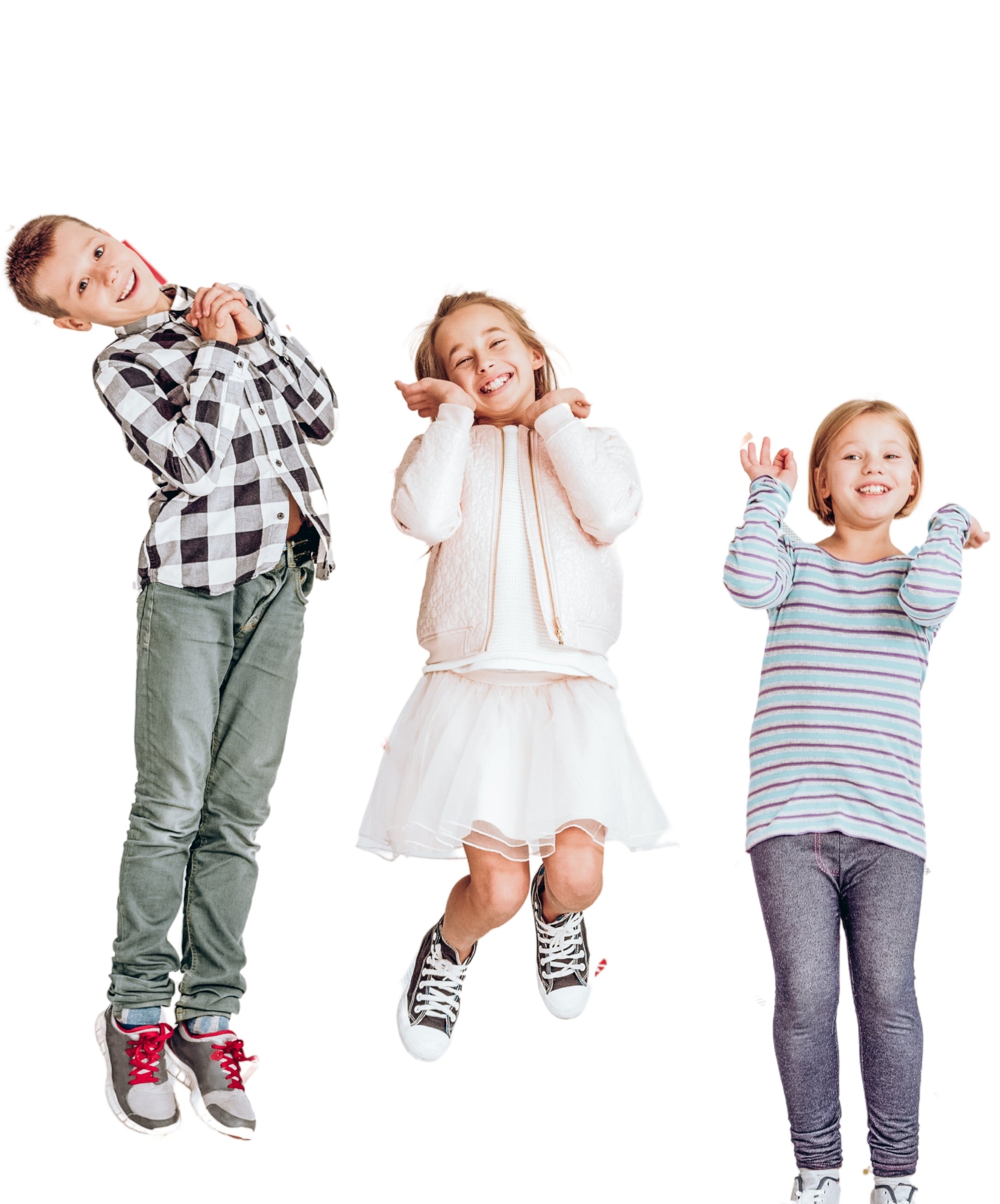Children with Autism tend to need a bit more time with potty training than other kids their age, and this is particularly true with those that are nonverbal. Because of autism’s effect on the central nervous system, kids with autism sometimes have a general developmental delay, which just means that they learn new skills at a slower pace. Kids with autism also get very attached to the routine that has been set in place, and using diapers is a great example. Your child may have become used to diapers and is now developing anxiety and stress around using the toilet, a fact made more difficult by their lack of verbal communication. In this blog, we’ll go over 7 toilet training tips that help nonverbal children with autism. Always try to remember that you are doing a great job, even when it doesn’t feel like it, and remain positive and hopeful that these changes and advancements will come, they just may take a little longer.
- Use Clear Words and Images When Communication About The Bathroom
Having a simple chart with a limited amount of pictures can clarify what your child should be doing in the bathroom. There is a great chart from the Autism Speaks Tool Kit. Start by pointing at the picture of the action you want your child to communicate, be that sit down on the toilet, wipe, flush, and wash their hands. Then try to use as clear and short a phrase as possible, for example, say “potty time?” instead of “honey, do you have to go to the bathroom?”. Say the short phrase in tandem with your point to the picture. Seeing a visual cue as well as hearing you say “potty time” can help them associate the words with the actions, even if they are unable to say them themselves.
- Don’t Make Accidents A Big Deal
If your child has an accident, try to avoid discussing it, stressing over it, or being upset around them. Just clean up the situation and move on. Creating more stress and anxiety around toilet training can hurt your chances of successful momentum.
- Make Successes a Huge Deal!
When your child does successfully use the potty, treat them to a special activity or snack! These rewards should be something that your child enjoys but can only do after they’ve used the bathroom. After a successful trip to the toilet give the treat immediately to create the connection between these two things. The “If-Then” rule seems to be beneficial to many children while in use along with the visual aids.
- Practice At Home
On a day when you and your child are home, and they’re in good spirits, increase their liquid level so that they can practice using the toilet more often. Every time there’s a success use the reward system. This gives your kid the chance to see how fun things can be when they use the bathroom in your home.
- Make Visual Aids Accesbile to The Child
Consider clipping a picture of a toilet to their belt or pants, clearly show them that when they need to use the bathroom they point to the picture. When trying out this method you may want them to feel their bladder being full, as opposed to you constantly pushing them towards the toilet.
- Ask Behavioral Therapist For Help
If you’re struggling at home there’s no shame in reaching out to an autism specialist who works with children on issues of this nature. They may be able to give you new ideas on how to communicate better with your child.
- Give Yourself A Break
This is a long process, and it won’t be learned overnight. Although we know that diapers and pullups tend to impede the toilet training process, sometimes you have to take a break. Using products like absorbent underwear from Tony & Ava can help you take a break from the constant ups and downs of communication around the stress of toilet training as well as messy accident. However, the Tony & Ava briefs and underwear don’t feel like diapers, so it helps your child with autism not get used to the sensation. It can also be a great step away from pull-ups and diapers to show your kid that we’re moving towards a new goal, having regular underwear.
Hopefully, these 7 tips have given your some information on how to make toilet training a bit easier, but remember, nothing is learned overnight and tomorrow is always a new day. Stay strong!
